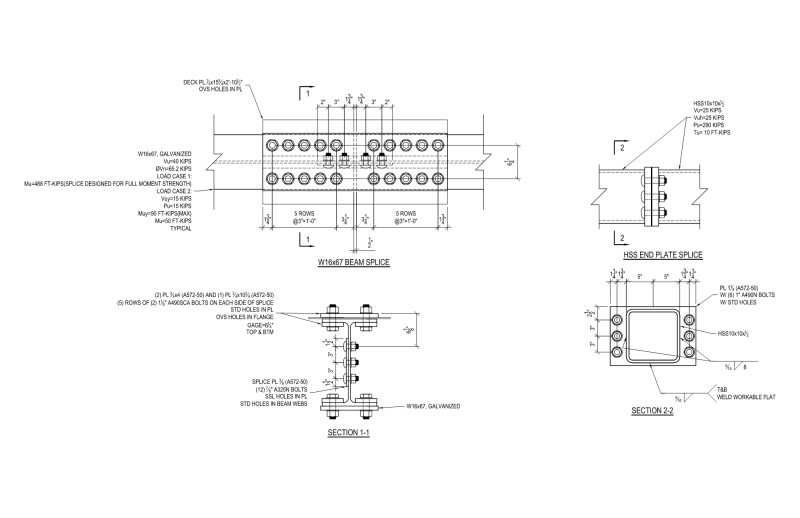-
1
- #1
HanStrulo
Civil/Environmental
- Apr 16, 2021
- 117
Happy Monday everyone,
I have a new challenge and I am not sure how to approach it.
I have a beam in classic bending (max bending at the middle) and I want to install it using bolts.
The beam will come in two sections that i have to join in the middle( where the max moment is). I have never done a bolted connected design for anything other than tension and shear and I have no idea how to approach this challenge.
Any methodology? references? examples?
Thank you
I have a new challenge and I am not sure how to approach it.
I have a beam in classic bending (max bending at the middle) and I want to install it using bolts.
The beam will come in two sections that i have to join in the middle( where the max moment is). I have never done a bolted connected design for anything other than tension and shear and I have no idea how to approach this challenge.
Any methodology? references? examples?
Thank you


![[smile] [smile] [smile]](/data/assets/smilies/smile.gif)
